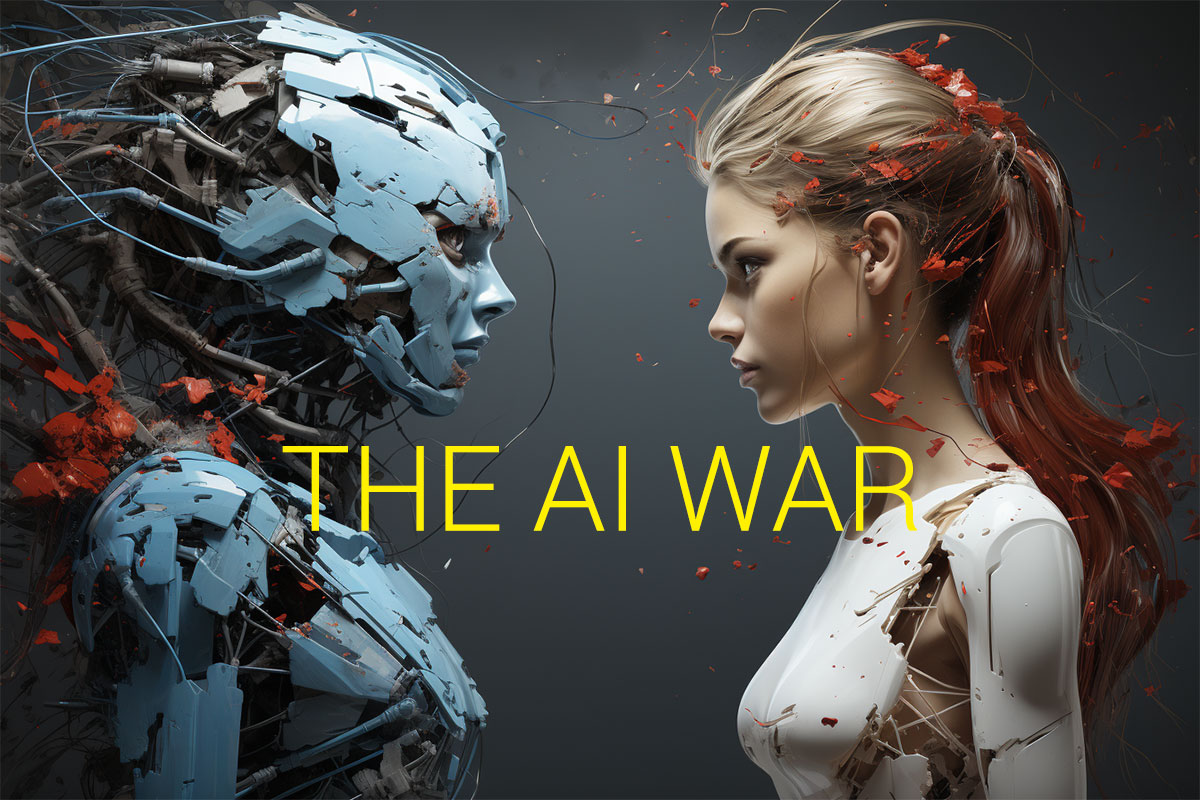Artificial Intelligence (AI) has made remarkable strides in the field of Natural Language Processing (NLP), enabling machines to understand and generate human-like text. ChatGPT, a popular AI tool, is just one example of the many powerful models that are reshaping the way we interact with machines. In this blog post, we’ll explore several AI tools similar to ChatGPT, each with its unique strengths and applications, including Bing AI.
1. BERT (Bidirectional Encoder Representations from Transformers)
BERT, developed by Google, is a trailblazing model in the world of NLP. Its bidirectional design allows it to understand the context of words in a sentence, making it highly effective for various language understanding tasks. BERT has been widely adopted for tasks like sentiment analysis, text classification, and text completion.
2. GPT-4
GPT-4 is the successor to ChatGPT, offering even more advanced natural language understanding and generation capabilities. With a larger model and a better grasp of context, GPT-4 promises to take text-based AI applications to the next level.
3. XLNet
XLNet is another transformer-based model renowned for its impressive performance across a range of NLP tasks. Its unique “permutation-based training” approach allows it to capture dependencies between words in a more intricate manner, making it suitable for complex language understanding tasks.
4. T5 (Text-to-Text Transfer Transformer)
T5, short for Text-to-Text Transfer Transformer, is a versatile model designed to convert all NLP tasks into a unified text-to-text format. This flexibility makes it an excellent choice for a wide array of applications, from translation to summarization and more.
5. RoBERTa
RoBERTa is a variant of BERT, fine-tuned for enhanced performance on various NLP tasks. By optimizing training techniques and data, RoBERTa excels in tasks like text classification, named entity recognition, and text entailment.
6. ALBERT (A Lite BERT)
ALBERT, or A Lite BERT, is a more memory-efficient version of the BERT model. It offers similar performance to BERT but is designed to run on less powerful hardware. This makes it a practical choice for resource-constrained environments without compromising on NLP capabilities.
7. Bing AI
Bing AI is Microsoft’s contribution to the world of AI-powered language models. Leveraging the vast resources and expertise of Microsoft, Bing AI provides a range of NLP capabilities, including search engine enhancements, chatbots, and natural language understanding for a variety of applications.
8. Grok
Grok, an AI inspired by the Hitchhiker’s Guide to the Galaxy, provides witty answers and suggests questions. In early beta, it leverages real-time knowledge through the 𝕏 platform and welcomes even spicy questions, aiming for continuous improvement with user input.
These AI tools and models, including Bing AI, open up a world of possibilities for various applications, including chatbots, virtual assistants, content generation, and sentiment analysis. The choice of which tool to use depends on the specific requirements of your project, the scale of your application, and the resources available.
In conclusion, AI tools similar to ChatGPT are transforming the way we interact with machines, enhancing our ability to understand and generate natural language text. Whether you choose BERT, GPT-4, XLNet, T5, RoBERTa, or Bing AI, these models are shaping the future of NLP and AI-powered communication.
Remember to consider the unique strengths and capabilities of each model to select the one that best suits your project’s needs and goals. AI in the realm of NLP is constantly evolving, so staying up-to-date with the latest advancements is essential for harnessing the full potential of these powerful tools.
